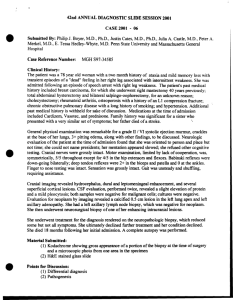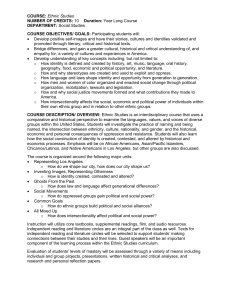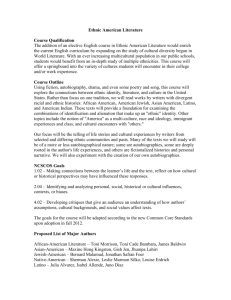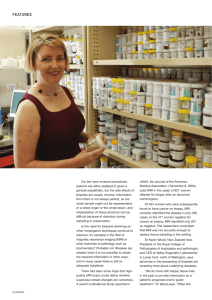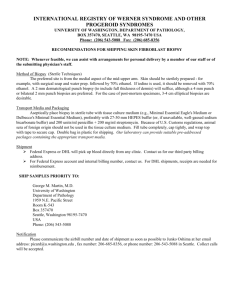Liver Biopsy was performed in 6 subjects (5F) because of persistent
advertisement
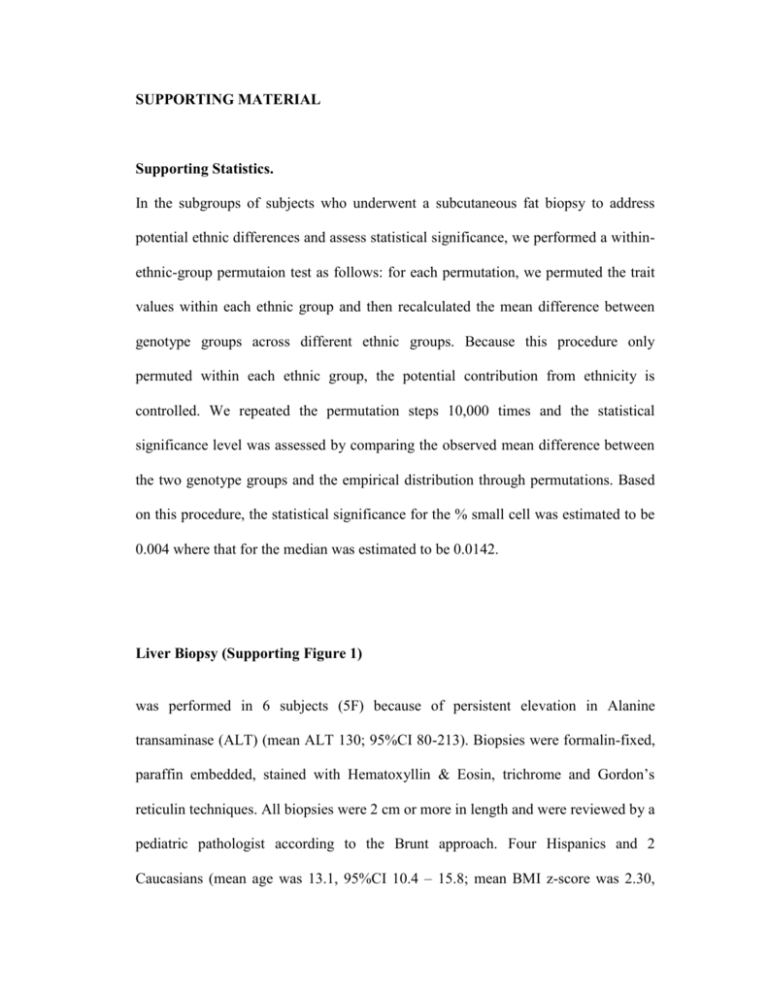
SUPPORTING MATERIAL Supporting Statistics. In the subgroups of subjects who underwent a subcutaneous fat biopsy to address potential ethnic differences and assess statistical significance, we performed a withinethnic-group permutaion test as follows: for each permutation, we permuted the trait values within each ethnic group and then recalculated the mean difference between genotype groups across different ethnic groups. Because this procedure only permuted within each ethnic group, the potential contribution from ethnicity is controlled. We repeated the permutation steps 10,000 times and the statistical significance level was assessed by comparing the observed mean difference between the two genotype groups and the empirical distribution through permutations. Based on this procedure, the statistical significance for the % small cell was estimated to be 0.004 where that for the median was estimated to be 0.0142. Liver Biopsy (Supporting Figure 1) was performed in 6 subjects (5F) because of persistent elevation in Alanine transaminase (ALT) (mean ALT 130; 95%CI 80-213). Biopsies were formalin-fixed, paraffin embedded, stained with Hematoxyllin & Eosin, trichrome and Gordon’s reticulin techniques. All biopsies were 2 cm or more in length and were reviewed by a pediatric pathologist according to the Brunt approach. Four Hispanics and 2 Caucasians (mean age was 13.1, 95%CI 10.4 – 15.8; mean BMI z-score was 2.30, 95%CI 20.1 – 2.63) underwent a liver biopsy, all of them had hepatic steatosis (mean % HFF 27.3, 95%CI 12. 5 – 36.9). Of these, 3 were heterozygous (CG) and 3 homozygous (GG). In both the heterozygotes and homozygotes carrier varying grades of steatosis with inflammation and fibrosis were present (Figure 4). These histological data not only corroborate the association found between the SNP and the hepatic steatosis measured by MRI, but also it illustrates the clear presence of more advance NAFLD disease. Quantitative real-time PCR. Total RNA was isolated using TRIzol reagent and further purified using an RNeasy kit (Qiagen, Valencia, CA). The quality of total RNA was evaluated by A260/A280 ratio which had to be at least 1.8, and by electrophoresis on an Agilent Bioanalyzer. Quantitative RT-PCR was performed using an ABI 7000 Sequence Detection System (Applied Biosystems, Foster City, CA). The nucleotide sequences of the primers and PCR conditions are available on request. Samples were run in duplicates for both the gene of interest and 18S. Quantitative analysis was determined by Δ/ΔCT method normalized to both a control and 18S message. Manuscript number: HEP-10-0345

